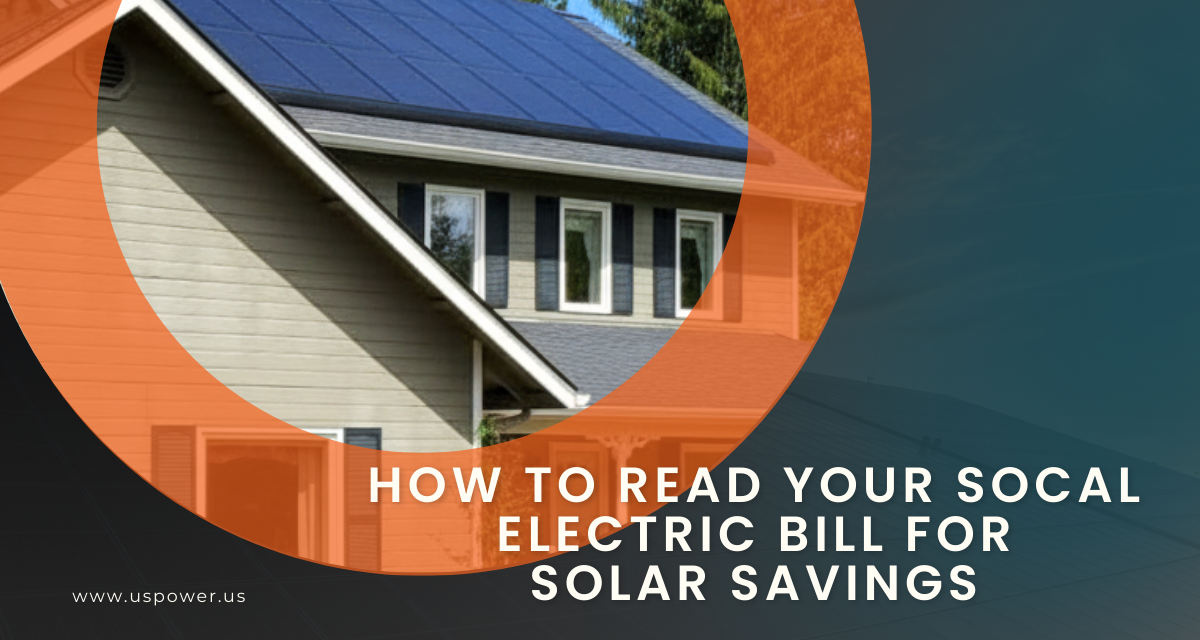How to Transfer Solar Ownership When Selling Your Home

Solar and Roofing Advisor
Selling a Los Angeles home with solar panels? Discover how to hand over ownership and warranties seamlessly—US Power walks you through each step.

Selling a home in California already means juggling inspections, disclosures, and paperwork. If your roof is equipped with solar panels, there’s one more important detail: making sure the new homeowner can legally and seamlessly assume ownership of the solar system. The good news? With the right preparation, transferring your solar setup is straightforward—and can even boost your property’s value. This guide walks Los Angeles and Southern California homeowners through the process in 2025, with expert insight from US Power, a trusted Qcells partner.
Why Smooth Solar Transfer Matters
Solar panels are a long-term investment. Buyers expect uninterrupted energy savings, full warranty protection, and access to system monitoring the moment they move in. A well-executed transfer:
- Preserves the system warranty
- Keeps net-metering or NEM 3.0 credits intact
- Prevents costly utility account errors
- Instills buyer confidence (and justifies your asking price)
Step 1 – Clarify System Ownership
Before listing your property:
- Owned Outright: If you paid cash or finished your loan, you control the asset and can transfer it like any other fixture.
- Financed: Coordinate with your lender to confirm payoff terms or assign the loan to the buyer.
- Leased or PPA: Review contract provisions—most leases allow assignment to a new owner with credit approval.
Having documentation ready signals to buyers that the solar deal is clear and legitimate.
Step 2 – Gather Key Documents
Create a “solar packet” that includes:
- Proof of purchase or lease agreement
- Warranty certificates (module, inverter, workmanship)
- System design plans and inspection sign-offs
- Recent production reports or utility statements
This packet accelerates escrow and assures the buyer the system is compliant and functional.
Step 3 – Notify Utility & Update NEM Account
California utilities require an updated interconnection or NEM (Net Energy Metering) agreement when ownership changes. For NEM 3.0 customers, maintaining your grandfathered billing terms is essential. Submit:
- Escrow closing statement
- Proof of new ownership
- System information (size, meter number)
Prompt filing avoids delays in crediting excess solar production.
Step 4 – Transfer Monitoring & App Access
Most solar systems have an online portal or app showing real-time production. Before handing over the keys:
- Remove your login credentials
- Provide the buyer with fresh login instructions
- Confirm inverter settings are synced with the new owner’s email
A smooth handoff builds trust and ensures immediate energy tracking.
Step 5 – Reassure Buyers About Warranty & Service
Manufacturers such as Qcells now offer 25-year product and performance warranties, which remain valid when ownership changes, as long as installation records are intact. Partnering with US Power ensures:
- Factory-direct Qcells modules
- Proper documentation for warranty continuity
- Local technical support if issues arise post-transfer
Common Pitfalls to Avoid
- Delaying Disclosure: Surprising a buyer late in escrow creates friction.
- Ignoring Financing Clauses: Loans or PPAs can stall closing if not addressed early.
- Skipping Utility Notification: Unreported ownership changes can interrupt billing credits.
Secure a Hassle-Free Solar Transition with US Power
Whether you’re preparing to sell or want assurance your buyer receives the full benefit of your solar system, US Power can help. Our Los Angeles-based team provides documentation reviews, warranty confirmation, and system inspections, ensuring your transfer is smooth, compliant, and value-preserving.
Related Articles
Our Related Blogs
High-efficiency Qcells solar panels for maximum savings in Southern Califfornia.
Learn how to decode your California electric bill to maximize solar savings.
Explore backup power solutions to keep your home running during power outages.
Our Solar and Roof Brand Partners








We empower communities and businesses to harness clean, renewable solar energy solutions that drive sustainable growth.
Ready to Own Your Power? Call us today!
818-650-8010
Copyright © 2025 US Power - Axia by QCells. All Rights Reserved.
Privacy is important to us, so you have the option of disabling certain types of storage that may not be necessary for the basic functioning of the website. Blocking categories may impact your experience on the website.
Essential
These items are required to enable basic website functionality.
Personalization
These items allow the website to remember choices you make (such as your user name, language, or the region you are in) and provide enhanced, more personal features.
Marketing
These items are used to deliver advertising that is more relevant to you and your interests.
Analytics
These items help the website operator understand how its website performs, how visitors interact with the site, and whether there may be technical issues.
We and our third-party partners use cookies and other technologies to enhance and track your experience on this site, conduct analytics, and personalize marketing to you. By using the site, you agree to our use of these technologies, including recording and monitoring your interactions with the site.
Get an instant solar estimate using satellite!









